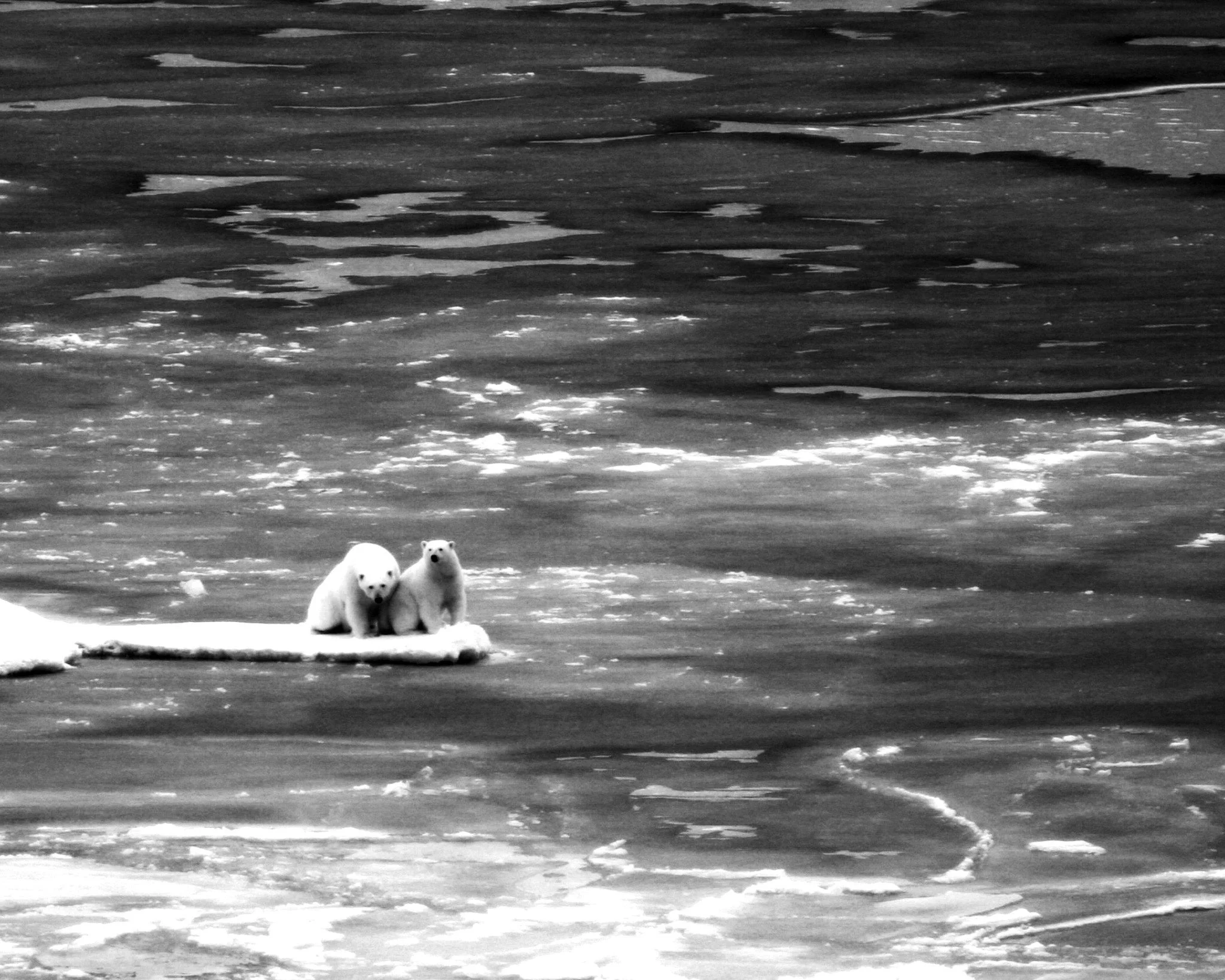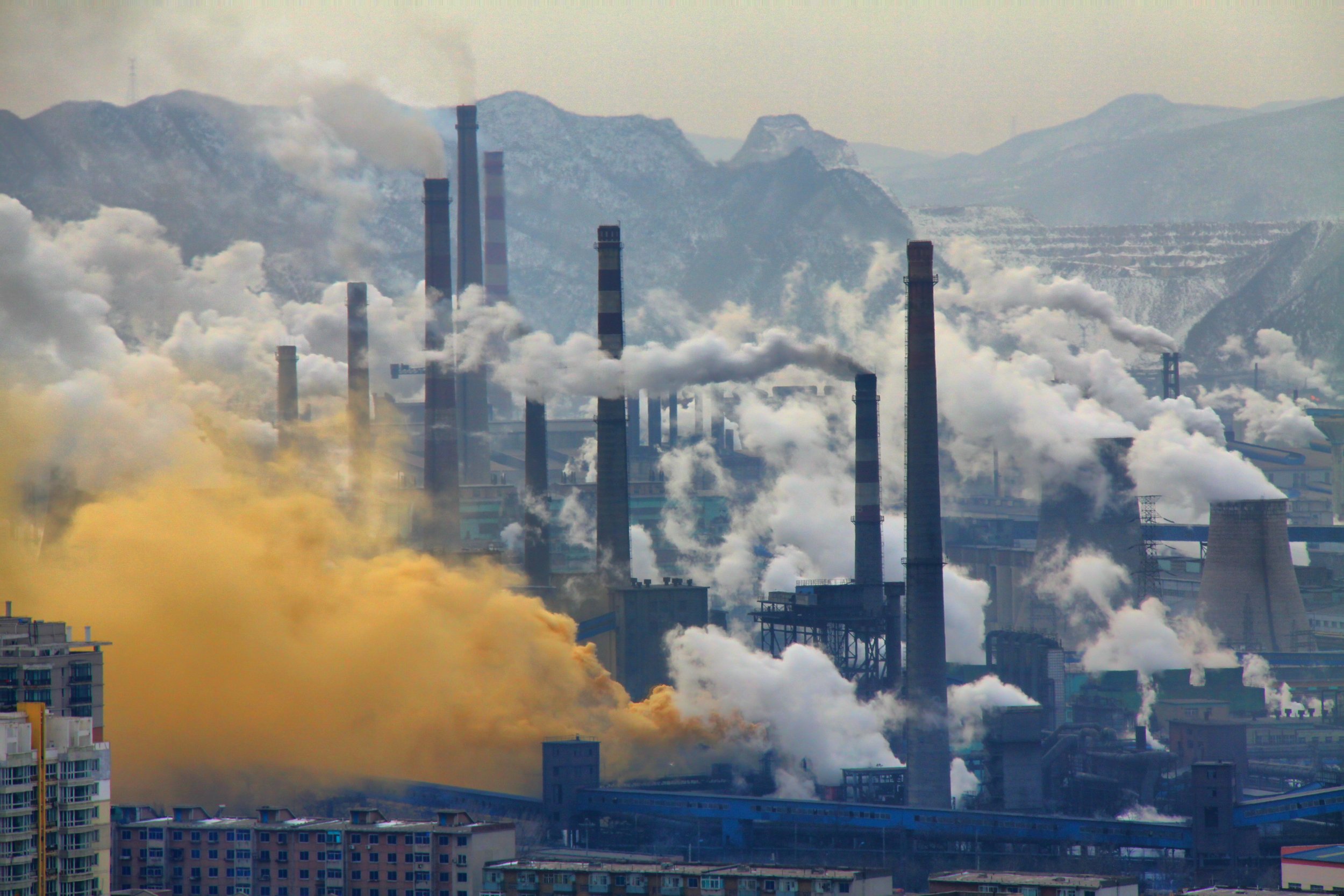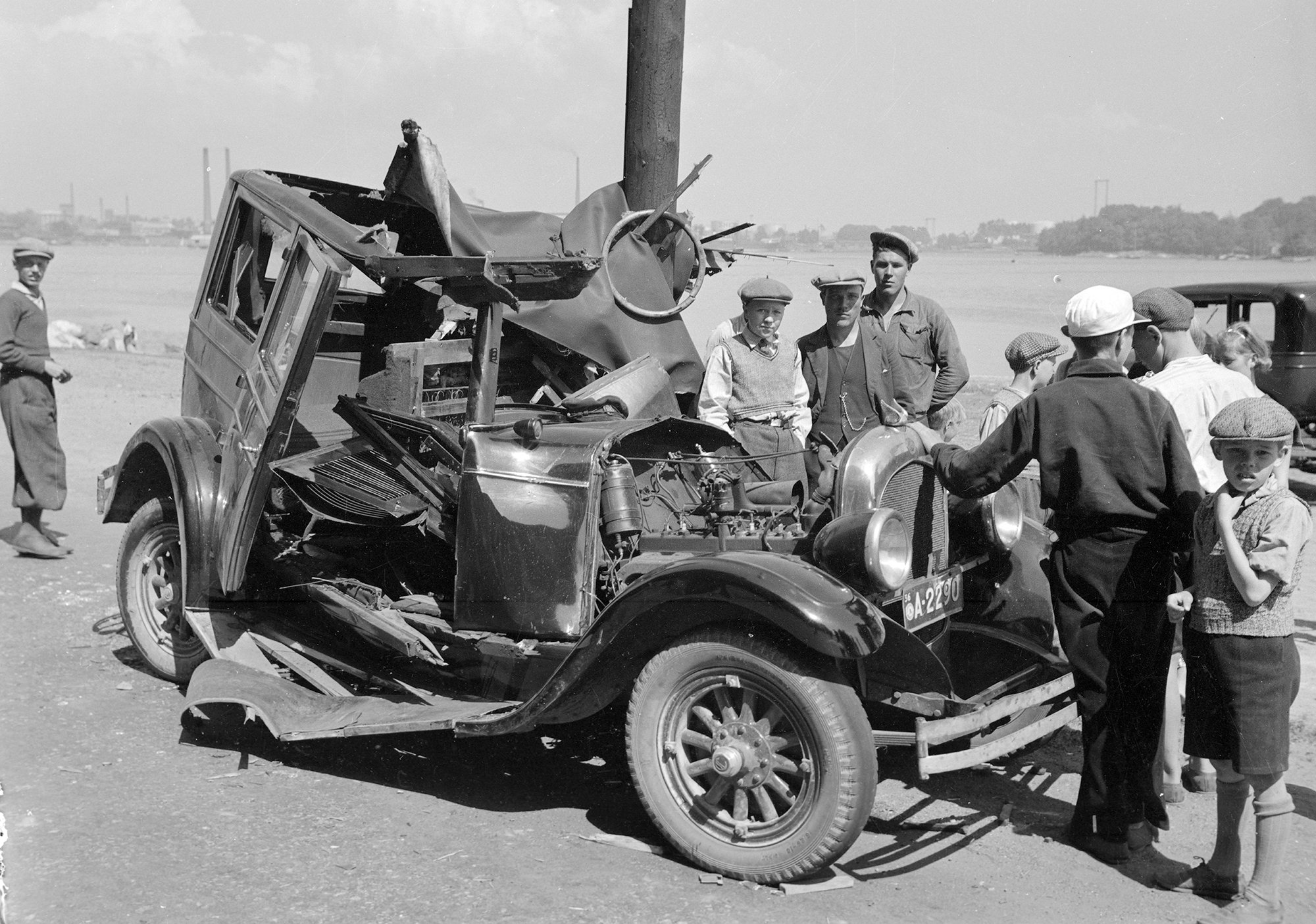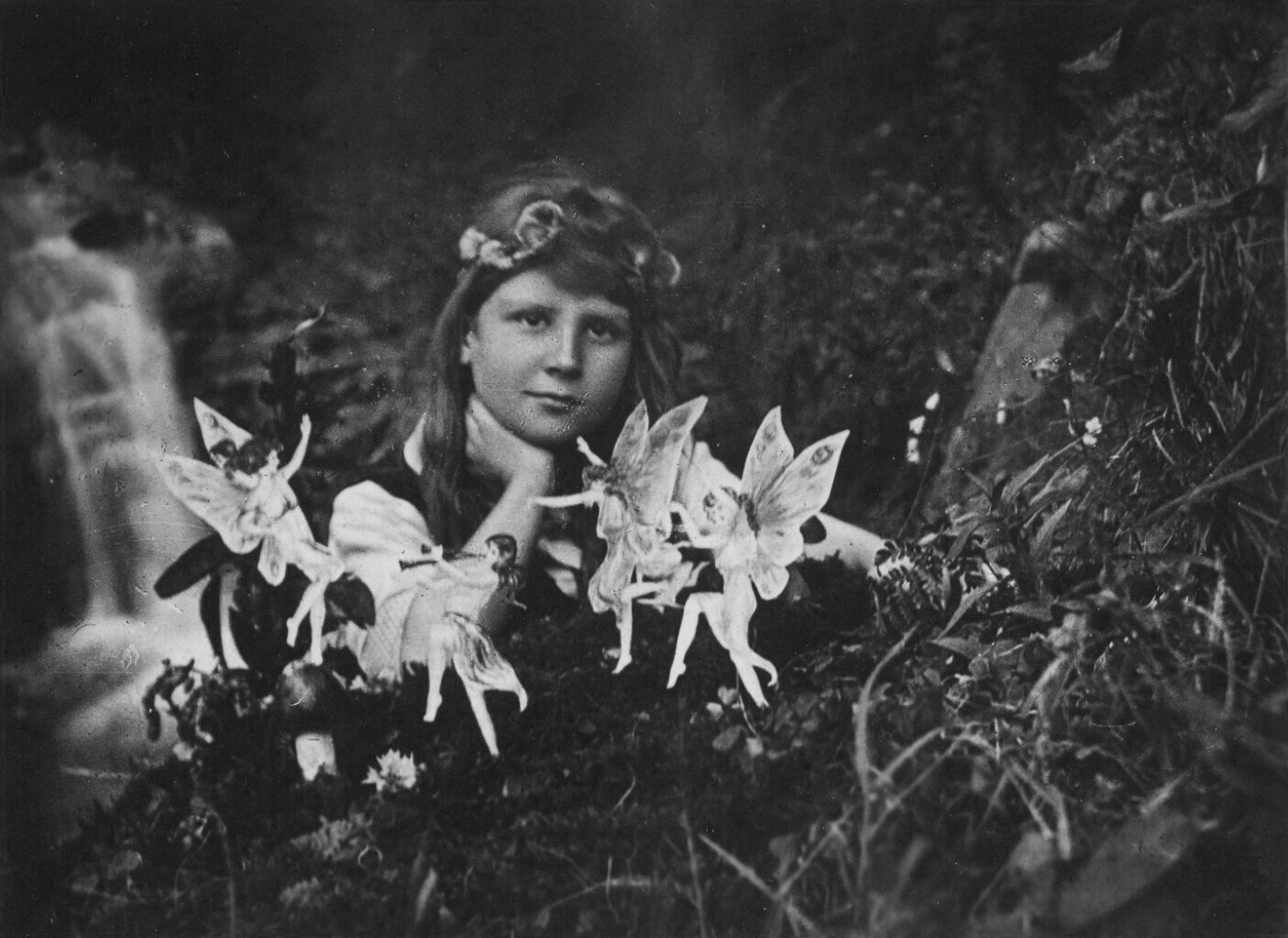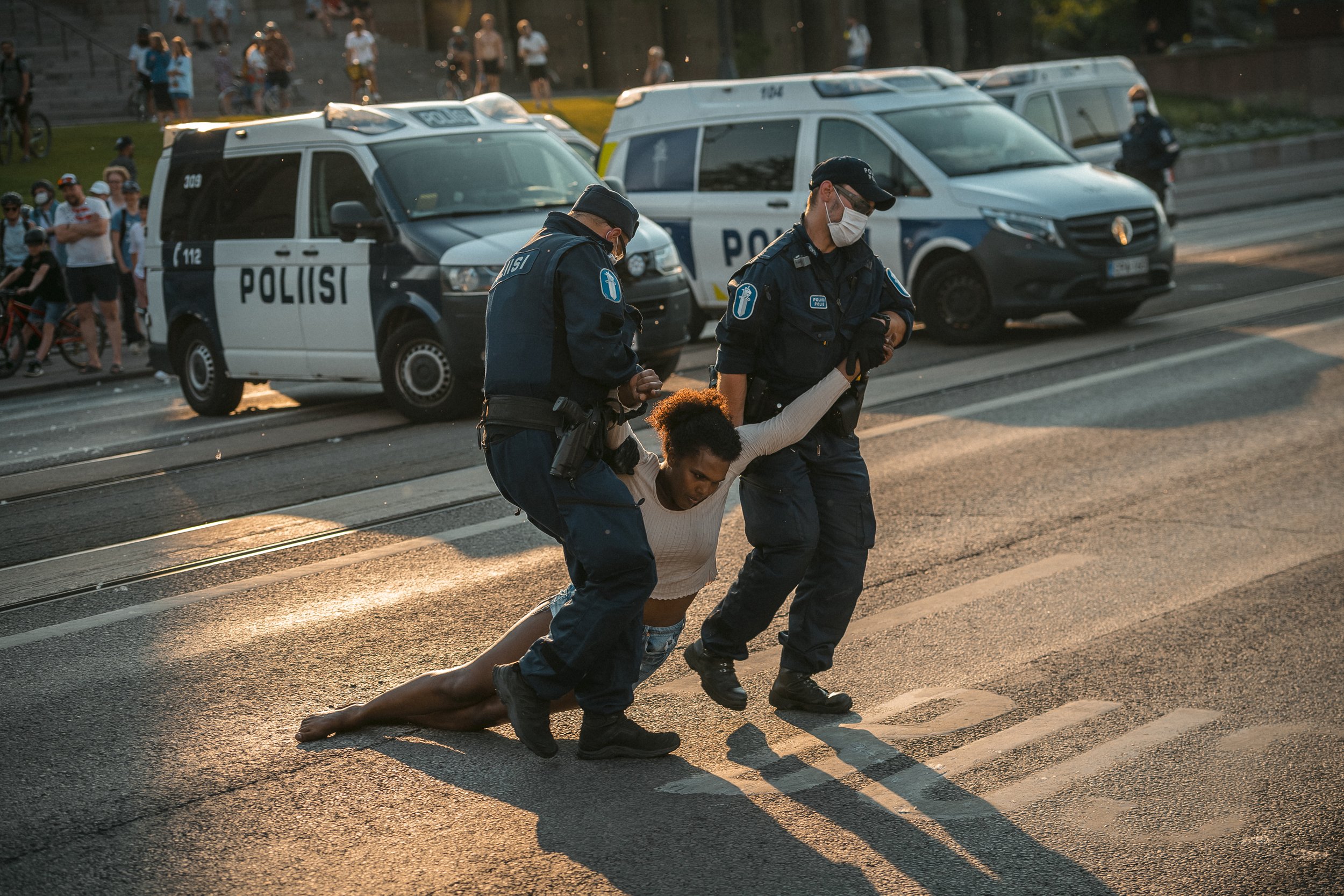How media can better illustrate the climate crisis
Unless you are living in the Arctic, chances are you do not encounter polar bears in your everyday life. Indeed, the last time you saw a polar bear, it was likely in the context of a climate change article, a symbol of the environmental crisis. And there lies the problem.
The last time I saw a polar bear, it was featured in a news piece about the latest IPCC report, which outlined the dire consequences we face, including the destruction of homes, loss of livelihoods, and fragmentation of communities, if we, the people—not the polar bears—fail to change course.
The polar bear's emblematic status as a symbol of climate change is easily understood, given its charismatic nature as a member of the megafauna and its vulnerability to the impacts of climate change. Generally, large, furry animals elicit greater sympathy than small, slimy creatures. However, the polar bear's prominence reflects the wider deficiencies in the media's coverage of the climate crisis.
Clichéd climate change images are easily recognised. Photo: Jessica Robertson
This coverage can be broadly categorised into three types of imagery: consequences of the crisis, technologies causing or addressing climate change, and politics surrounding the issue. Conventional depictions include smoke billowing from chimneys, glaciers melting into the sea, drought-cracked deserts, politicians posing for photo opportunities, climate activists waving banners—and solitary polar bears adrift on shrinking ice floes.
These portrayals stem from adherence to journalistic principles, including accuracy and balanced coverage, as well as the pursuit of news values such as novelty and negativity. They are also influenced by practical considerations, such as the ease of capturing certain images and the availability of stock photos. However, these depictions often fail to portray the implications of the climate crisis meaningfully to readers. Moreover, they can unintentionally create negative perceptions about the issue.
Research indicates that while images of climate change's devastating effects capture attention and convey a sense of urgency, they can also weaken readers' confidence in their capacity to address the issue. Emphasising catastrophes may foster feelings of helplessness, hindering action rather than encouraging it. Depictions of politicians can discourage readers by suggesting that climate change is a polarised and contested issue. Although images of technologies addressing climate change may boost people's confidence in their capacity to confront the problem, an overemphasis on technology-focused imagery can create the false impression that climate change can be resolved solely through technological advancements, sidelining the crucial role of political decision-making.
A cursory review of recent climate change articles in Helsingin Sanomat reveals that the accompanying images largely adhere to the conventional visualisation of the climate crisis. Out of 59 featured photos, only eight include recognisable people, with politicians featured in five of them. The remaining images depict an energy company CEO, a member of parliament launching a consulting business, and climate activist Greta Thunberg. Only one photo highlights people directly impacted by climate change, portraying an anonymous, malnourished child in Somalia, their face concealed behind a water mug. People and their actions are the driving force behind the climate crisis, yet people are nowhere to be seen.
These representations fall short in conveying the intricacies of the climate crisis, a multifaceted issue that defies traditional journalistic approaches. The causes, such as overconsumption and fossil capitalism, and consequences, like food insecurity and habitat loss, are often temporally and geographically distant from one another and are not inherently visual. Although visually dramatic consequences of the crisis are important news stories, an excessive focus on them risks eclipsing the less visually striking, yet equally destructive, long-term impacts of climate change.
Smoke stacks stand as iconic symbols in climate change imagery, representing the detrimental impact of industrial emissions on our environment. Photo: Andreas Habich
Addressing these limitations requires a multifaceted approach. Media outlets must move beyond a focus on political manoeuvring and concentrate on illustrating the reality of the climate crisis. Journalists should provide accurate and relatable portrayals of the issues at hand, avoiding the reduction of complex global phenomena to mere political talking points.
Visual journalists must develop a deeper understanding of complex subjects such as the climate crisis. Just like other journalists, visual journalists cannot be expected to accurately portray issues they do not fully comprehend. This necessitates time and resources to study the issue thoroughly, fostering more nuanced coverage that avoids the pitfalls of oversimplification.
Images should meaningfully connect with the audience's lives. Relying on clichéd images that lack that connection can reinforce the notion that climate change affects someone else, somewhere else, but not the reader. By moving away from such depictions, journalists can encourage readers to engage more deeply with the subject matter and foster a sense of personal connection and responsibility towards the issue.
Images should not only depict people but also portray them as active agents in both causing and addressing climate change. Rather than highlighting the overconsumption prevalent in wealthy countries, we frequently encounter photos of factories and smoky chimneys in distant, often unidentified locations. This approach alienates us, the consumers, from the problem, making it difficult to grasp our individual roles in contributing to climate change. It is essential to recognise that climate change affects different groups in distinct ways, and their voices must be heard and faces must be seen in order to devise effective and equitable solutions.
In general, journalists must weave environmental considerations into their reporting processes, similarly to how discussing economic aspects are often an integral part of articles even when they are not exclusively focused on economics. For example, when reporting on government plans, it is crucial to consider the environmental implications alongside the economic and social impacts.
The media plays a crucial role in shaping public perception and understanding of the climate crisis. To effectively communicate the complexity and urgency of this issue, journalists must move beyond clichéd imagery, integrate diverse perspectives, and relate the subject matter to their audience's lives.
None of this is easy or convenient. The climate crisis cannot be captured in a single photo. Portraying complex issues that span time and space requires long-form visual storytelling, which, in turn, necessitates media organisations to provide photojournalists with adequate resources. As we confront the most pressing issue of our time, it is imperative that the media rises to the challenge. By doing so, the media can help spark meaningful dialogue and drive the collective action needed to address and mitigate the devastating consequences of the climate crisis.
